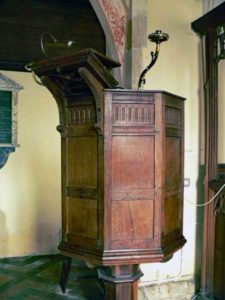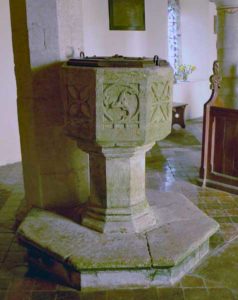Threxton All Saints



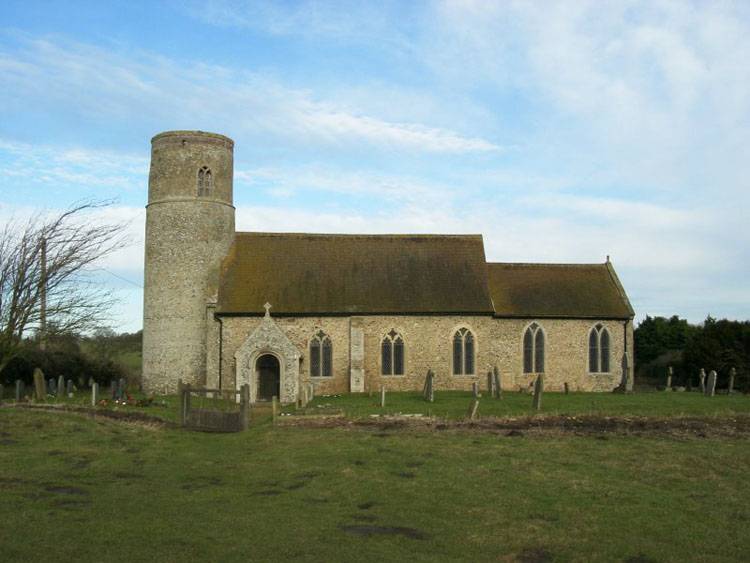

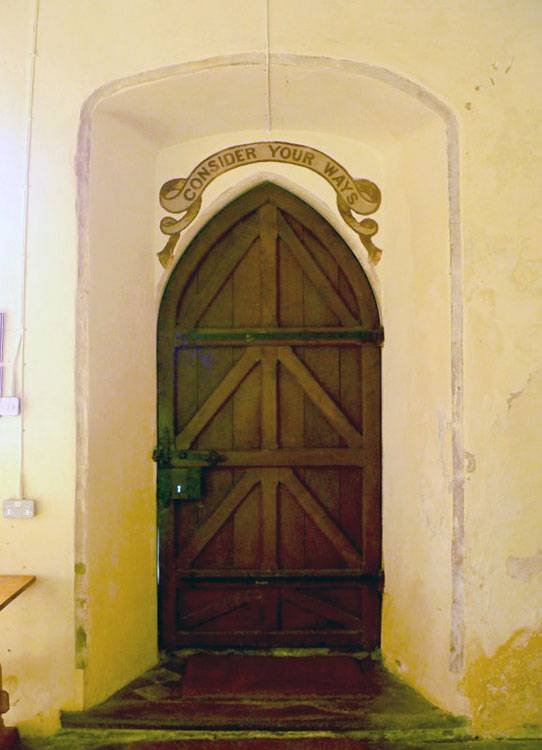
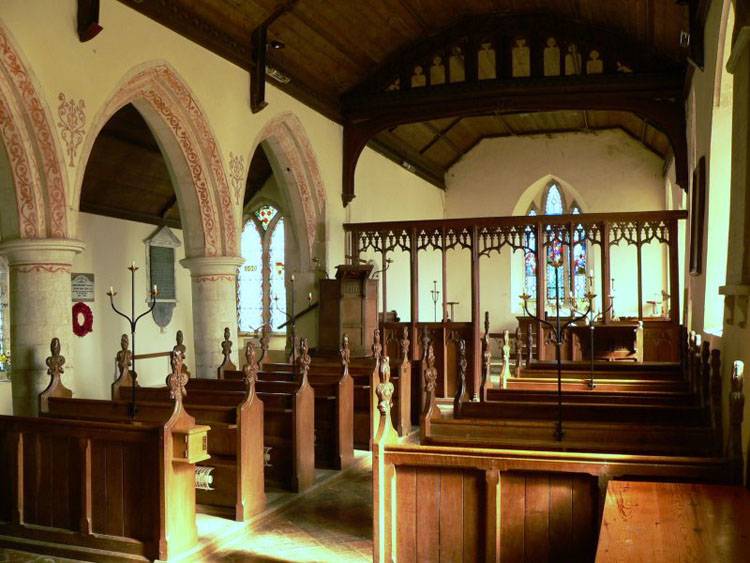

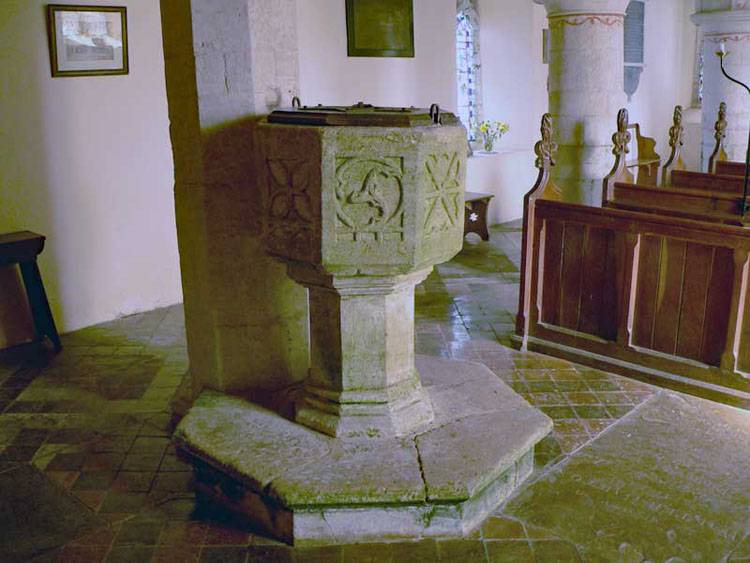









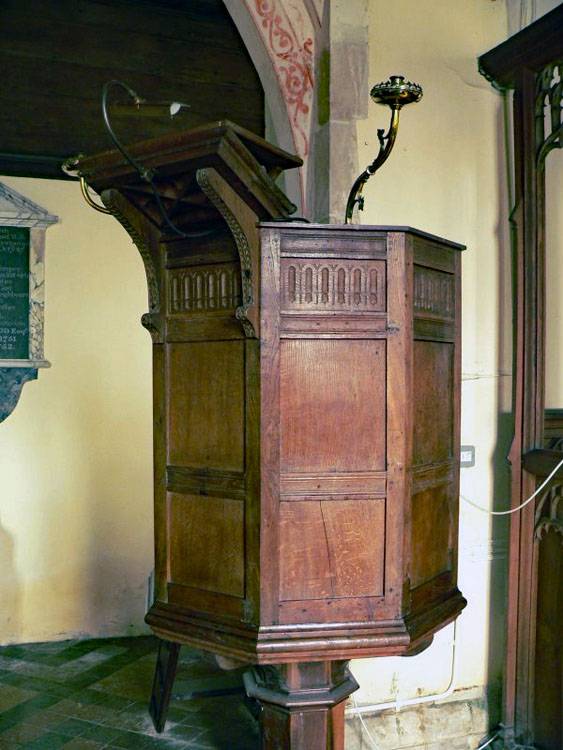


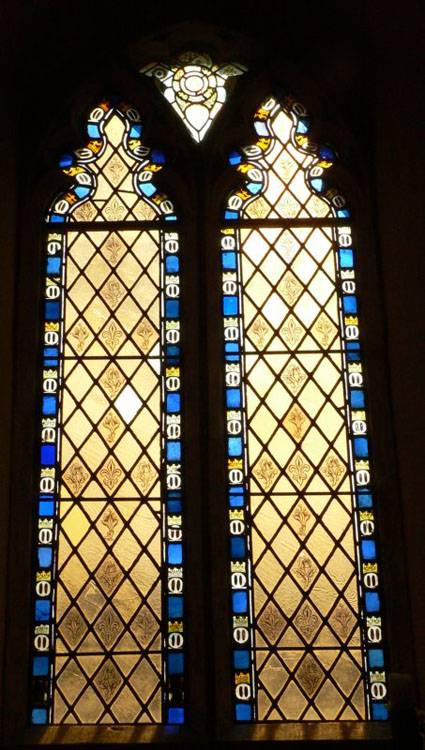
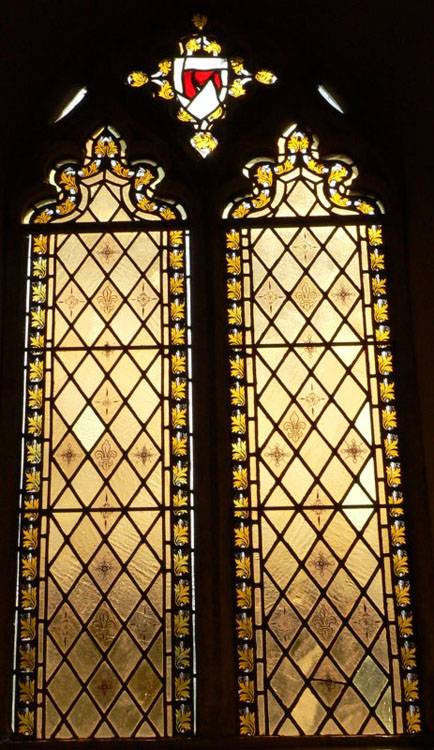








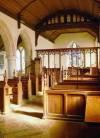




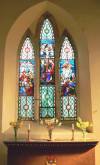
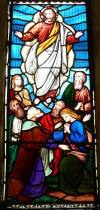
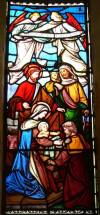
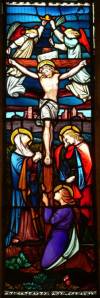



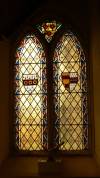
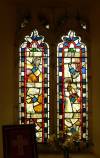


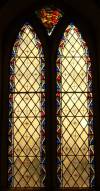
All Saints Church Threxton
Where to find this church
Church Information
All Saints church is located in Threxton, a Norfolk village about 2 miles west of Watton. The “village” consists more or less of one large farm building.
This church is usually open to visitors
* denotes external links that open in a new window
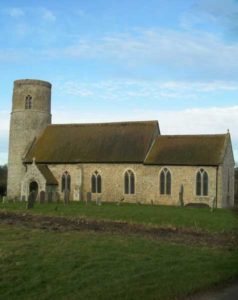
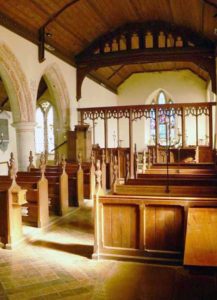
Visiting Threxton All Saints
The photos of All Saints church in Threxton are among the oldest photos on the website, hence their poor quality. However, it is strange that we haven’t managed to visit it again so far, as we have been to the churches of Watton and Merton since which are really close by. This means we will have to visit this church again.
With its Y shaped tracery in two of the three belfry openings, this tower seems to have all been built in the 13th century, though the jambs and mullion of the north-east facing one have been restored in red brick. There is no sign of an earlier belfry lower down the tower. The plain parapet is also constructed of red brick and a 14th century ground floor window has been inserted on the west face. Although the nave and chancel are about the same width, they have separate roofs of different pitches. The south nave windows of cusped Y tracery have been restored, re-using the sills and some of the stones from the jambs and mullions. There is a north aisle, and its roof is formed by extending the nave roof downwards, a “cat’s slide” roof. The chancel has 13th century Y tracery in its south windows, but the east wall was moved 4 feet further west in 1868, reducing the size of the chancel. There are now three joined lancets for the east window, re-using the older sills and jambs, and bits of the former mullions are set within this flint wall. The south porch is 19th century and has a rounded arch at the entrance. This is not 12th century as hood moulds and label stops were not used then.
Inside three round pillars support the north arcade. These arches were blocked in so the aisle could be used as a family mausoleum until 1865. When the blocking was removed, traces of the red patterns on the eastern arch were discovered, and these were copied on to the other arches, with the scroll patterns between the arches. The 14th century font stands by the western pillar, and it has a variety of tracery patterns on each face of the bowl. The only window in the north wall is filled with fragments of medieval glass from elsewhere. The aisle east window has shields of Knapwood (three red stars) and Barton (ermine, three annulets on a fesse/band). At the east end of the nave are matching pulpit and square reading desk given by Edward Goffe in 1613. The 15th century Rood screen, with delicate ogee tracery at the top of its arches, is part 15th century, part copied for restoration. The nave is divided from the chancel, not by a stone arch, but by a tie beam, above which is a row of trefoiled open arches in wood. The south-west chancel window has three lions passant in its apex.
Conclusion: simple and open country church with not much of a village
